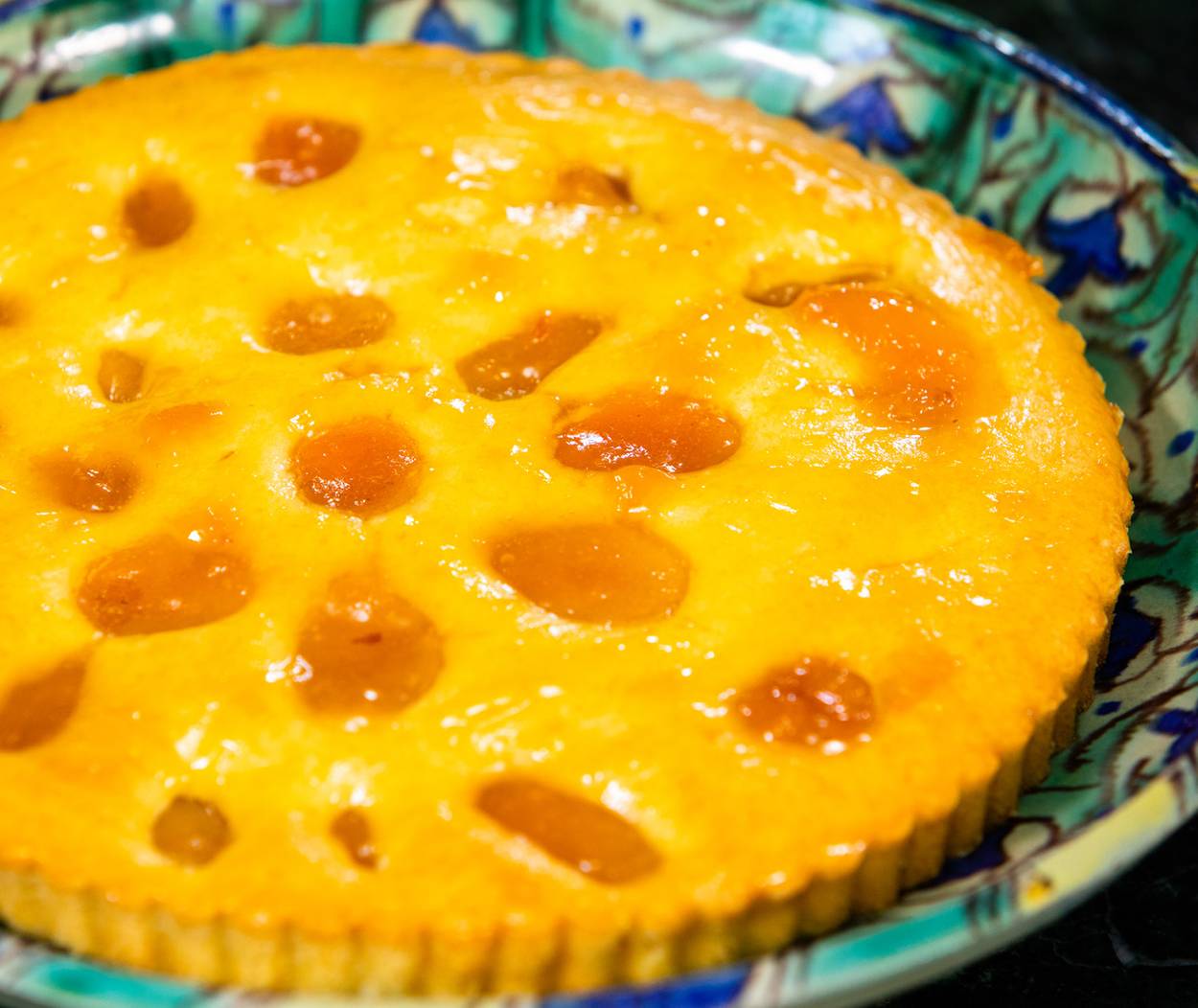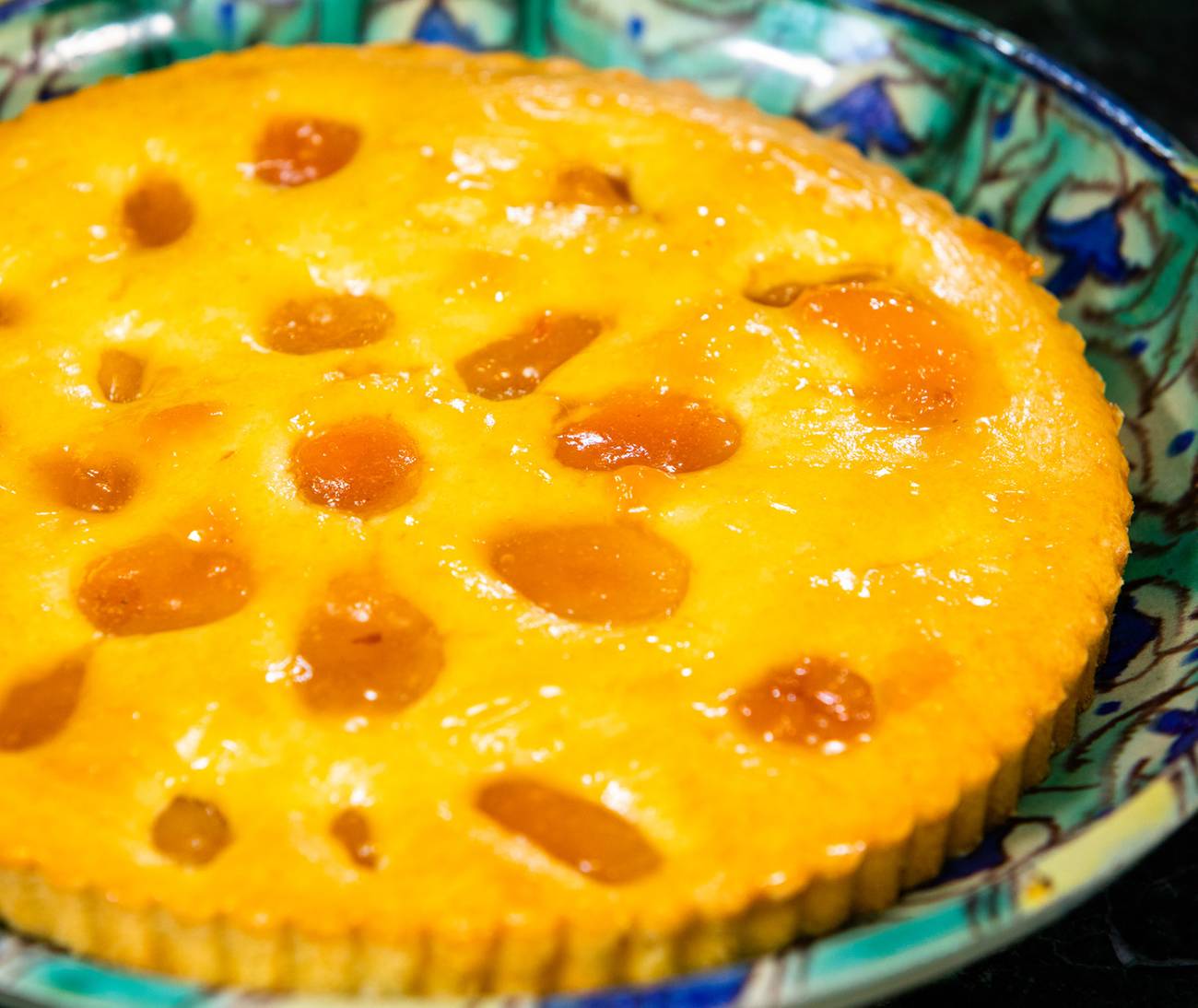Make Summer a Piece of Cake
A traditional German dessert, this apricot kuchen has been a favorite in my own family for generations




In every one of my family cookbooks, all handwritten in German, there are loads of kuchen recipes: apple kuchen, buttery putterkuchen, gesundheitskuchen (a lemony cake made when people were ill), and apricot kuchen, a treat for the late spring or summer. My great-grandmother, who I imagine took great pride in her baking skills, served these traditional German cakes in the late morning when she received guests for a coffee klatsch. Every German Jewish housewife had her special recipe—not just my great-grandmother, but also my grandmother and aunts who lived in Augsburg in southern Germany until WWII. They, like other lucky ones, were able to bring their recipes to the United States.
For centuries these cakes were made from natural yeasts to make them light. Then, in the 19th century, baking powder, called levure chimique alsacienne in nearby France, was invented—a processed ingredient that made cakes light and worked more quickly than yeast. When the recipes crossed the Atlantic Ocean, ingredients often switched from butter to Crisco, vegetable oil, or margarine, and such ingredients as chocolate chips and even processed puddings were added.
Almost 20 years ago, my husband, Allan, and I gave Julia Child and her relatives a small dinner for her 90th birthday at my home, where I served this kuchen for dessert. Making this cake with fresh apricots topped with schlag (whipped cream) brings back happy memories.
Joan Nathan is Tablet Magazine’s food columnist and the author of 10 cookbooks including King Solomon’s Table: a Culinary Exploration of Jewish Cooking from Around the World.